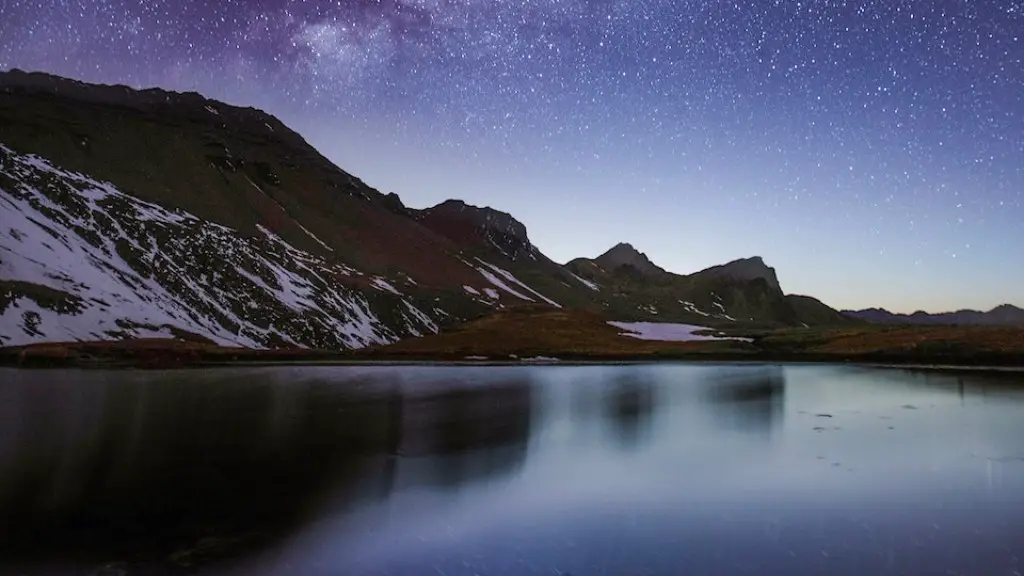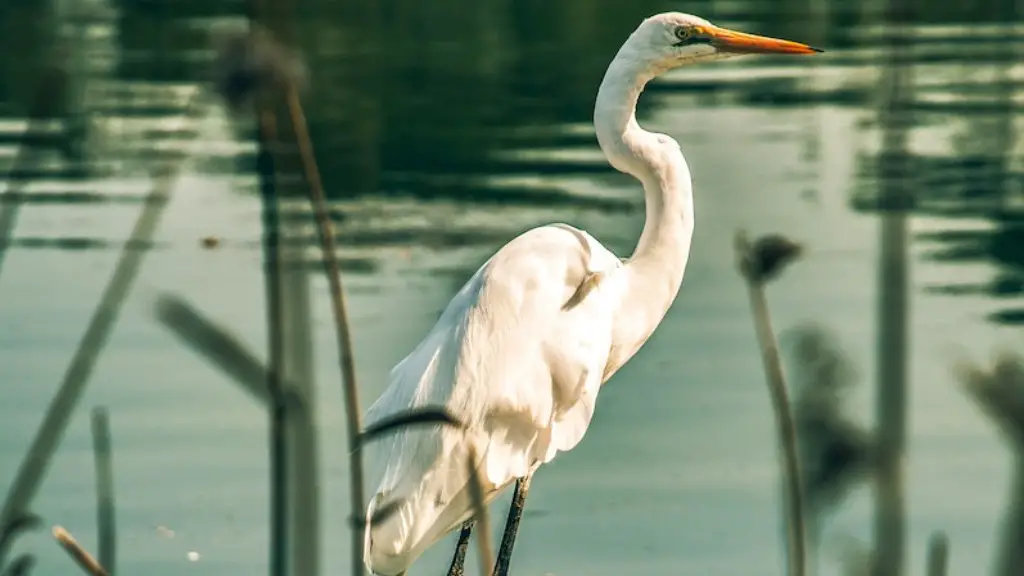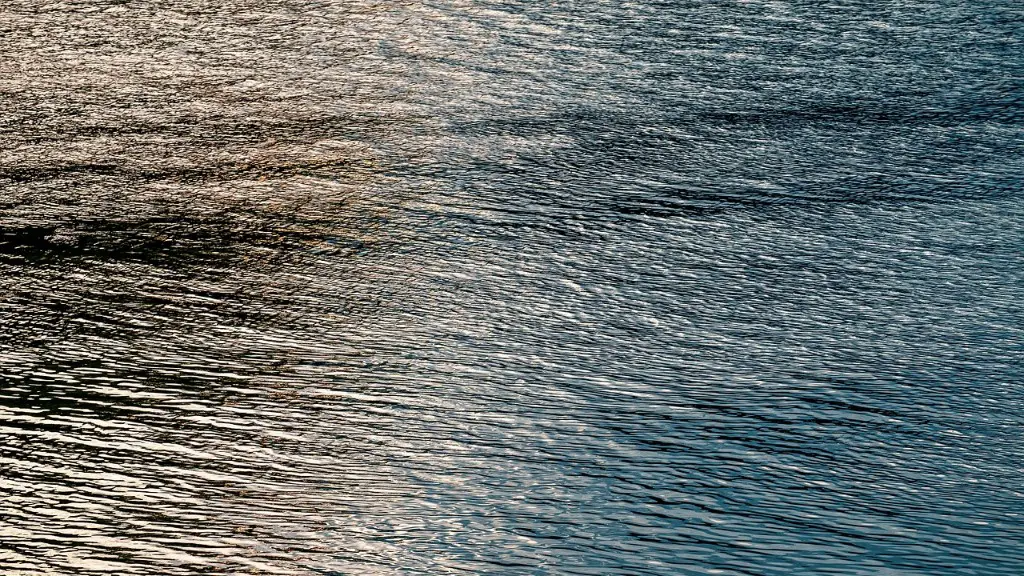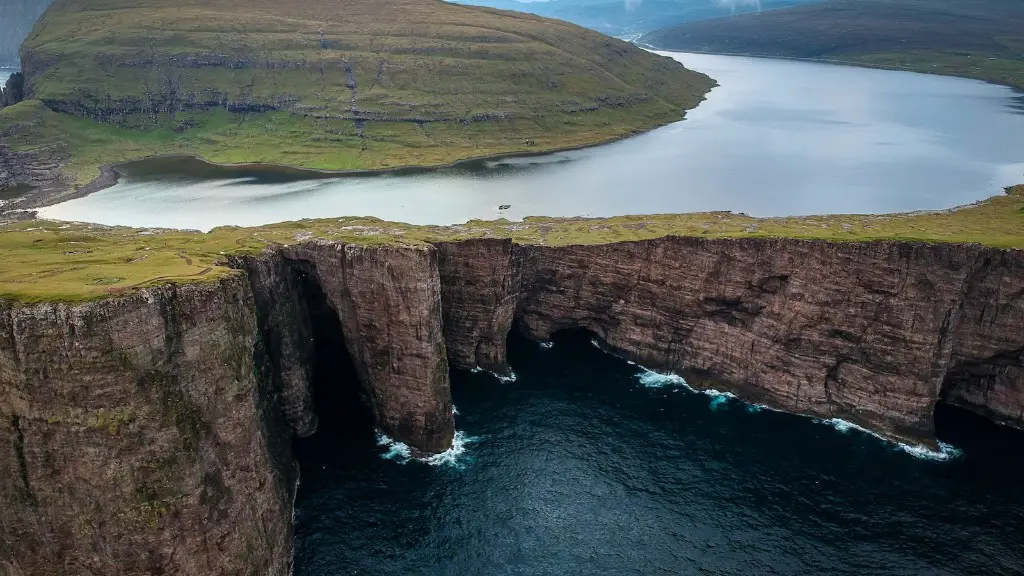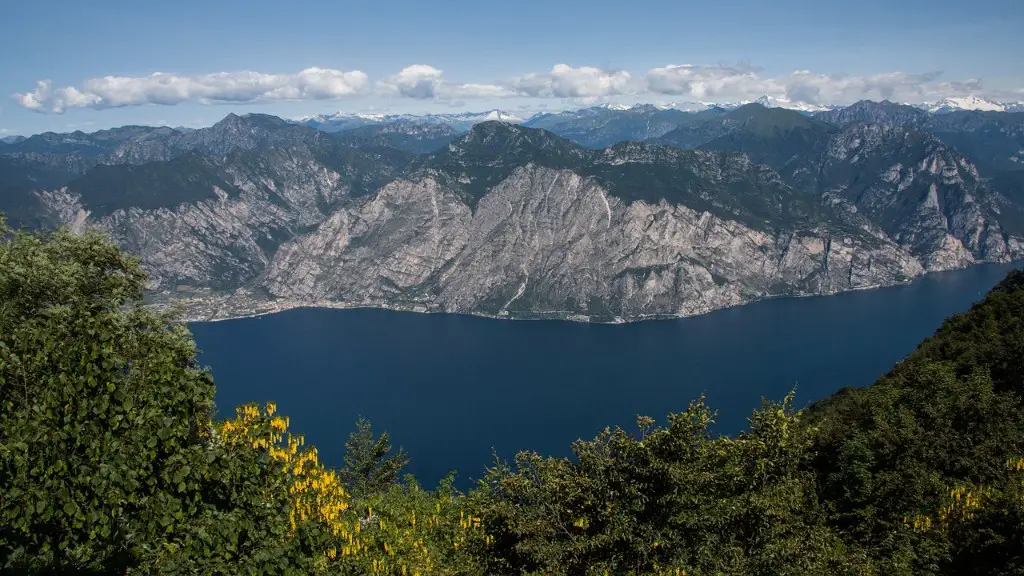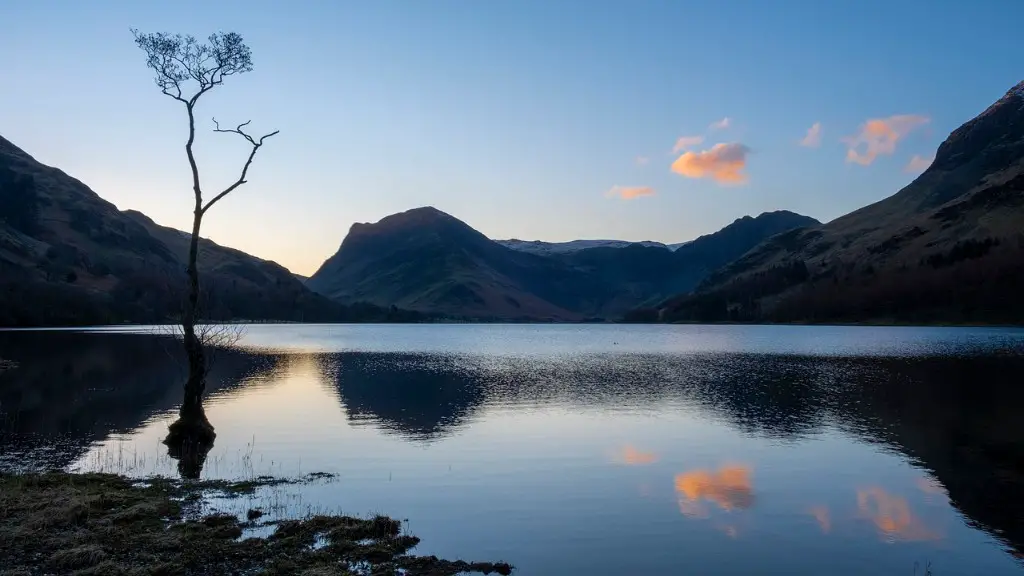A Closer Look at the Timescale of Lake Malawi’s Evolutionary Radiation
The East African Rift Valley Lake Malawi is one of the most unique and diverse freshwater ecosystems in the world. It contains more species of cichlid fish than any other lake in the world, having been subject to an evolutionary radiation process that occurred millions of years ago. In order to understand why Lake Malawi went through evolutionary radiation, it is important to have a look at the timescale of this process.
The evolutionary radiation of cichlid fishes in Lake Malawi began when the lake was formed around 12 to 14 million years ago. When the lake first formed, the area where it is found was under a humid and warm climate. The water levels in the lake soon rose, and the water was rich in minerals and had a large amount of food resources.
The cichlid fishes biodiversity in the lake then began to rapidly increase due to the climate, the abundance of food, and the isolation of the lake. This sudden increase in species meant that the cichlid populations began to speciate and adapt to their new environments, leading to the formation of new species within the lake.
As the species in the lake increasingly diversified, speciation again occurred and further new species began to emerge. This period of speciation went on for millions of years and is estimated to have created more than 700 species. The diversity among the cichlids is so varied among the species, some only eat algae and others only eat a certain type of insect larvae.
Over the next few million years the lake experienced periods of low and high water levels. Low water levels created more isolated bodies of water and allowed for more speciation to occur. This trend of speciation and adaptation continued until the lake reached its current form around 3 million years ago.
Experts have identified two main causes for the rapid evolution that occurred in Lake Malawi. The first of these is the lake’s isolation, as it is enclosed and surrounded by mountains, making it difficult for other species to enter or leave the lake. The second cause of evolution is the lake’s geographic distribution, which makes it easy for species to spread and form new habitats in different parts of the lake.
The speed and magnitude of evolutionary radiation in Lake Malawi has been remarkable and unprecedented in terms of the diversity of cichlid fishes that have emerged. This has enabled the lake to become a hotspot for biodiversity, and a great example of how the environment has shaped the evolution of species.
Securing the Future: Conservation Efforts of Lake Malawi
Due to its fantastic biodiversity and lack of large predators, Lake Malawi has been subject to threats and disturbances, mainly caused by humans. Common threats faced include overfishing, eutrophication, climate change, and pollution. As a result, it is important to understand conservation efforts that are being undertaken to protect and preserve the lake.
One key conservation effort is the establishment of Marine Protected Areas (MPA). The creation of an MPA works by limiting the amount of fishing and other activities that can be conducted in an area. This means ecosystems can be better protected from further damage and allowed to recover. Such areas are also important sources of income and employment, as they attract more people to the area.
To further protect the lake, The Lake Malawi National Park was established in 1984. This park was created to ensure sustainable management of the lake and its surrounding environment, by minimizing the risk of human damage. The park also serves as a source of income for locals, as it is a major tourist attraction.
In addition to setting up MPAs and National Parks, locals have been encouraged to take part in conservation efforts. This has been done through the use of education campaigns designed to raise awareness of the importance of protecting the lake, as well as the creation of sustainable harvesting methods that can be used in the region.
Overall, conservation efforts in the area have been successful in reducing the threats that Lake Malawi faces, while also providing an avenue to generate income and employment. However, there is still more that needs to be done in order to ensure the long-term sustainability of this unique ecosystem.
The Challenges of Species Management
Conservation efforts have largely been successful in protecting the lake, but its unique biodiversity has led to a number of challenges when it comes to species management. The number of cichlid species in the lake is incredible, and the diversity among them means that different species may have different needs and requirements when it comes to habitat and food sources.
This makes it difficult to implement a single management plan for the lake. Instead, a range of different plans must be implemented depending on the species in question. Furthermore, this creates the problem of ensuring that different plans don’t conflict with one another, as well as ensuring the long-term sustainability of each species.
Another challenge is that some of the species are threatened by overfishing and introduction of non-native species. Introduction of non-native species can lead to competition for resources, as well as the displacement of native species due to the introduction of predators. Overfishing also puts certain species in danger and decreases the health of the lake.
In order to address these issues, experts have come up with a number of recommendations. These include establishing more Marine Protected Areas (MPAs) in areas where there are high levels of fishing activity, implementing catch-and-release fishing, and creating laws to stop the introduction of non-native species.
The Lake Malawi National Park also offers a unique opportunity for species management, as it serves as a sanctuary for species. This means that different species can be studied and monitored, and conservation efforts can be focused on areas of the lake where there is high biodiversity.
Adapting to a Changing Environment
Climate change is yet another threat that Lake Malawi faces, and understanding how the lake can adapt to a changing environment is crucial. Increasing water temperature and changes in rainfall patterns can lead to a decrease in biodiversity, as species become unable to survive in their current environment.
Local communities in the surrounding area are already seeing the effects of these changes, with decreased fish catches and higher water levels in the lake. In order to improve the resilience of the lake, it is important to understand how species can adapt to changing environmental conditions.
One way to do this is to look at species that have successfully moved to other parts of the lake in the past. Species such as cichlid fishes have been seen to move to different areas when their original habitat becomes too hot, or when their food sources are diminished. This suggests that the lake’s biodiversity is resilient enough to survive in different areas if they are given the chance to do so.
Furthermore, local communities in the area should also be encouraged to repopulate species in areas of the lake that have lost their biodiversity. This can be done through the introduction of new species, or by encouraging the growth of existing species through the implementation of conservation efforts.
Conclusion
Overall, Lake Malawi has experienced an incredible evolutionary radiation process, which has resulted in the immense biodiversity of cichlid fishes found today. The lake has since become a hotspot for biodiversity, and conservation efforts have been in place to protect and sustain it. However, Lake Malawi is still subject to many different threats, and understanding how the lake can adapt to a changing environment is key to its long-term survival.
